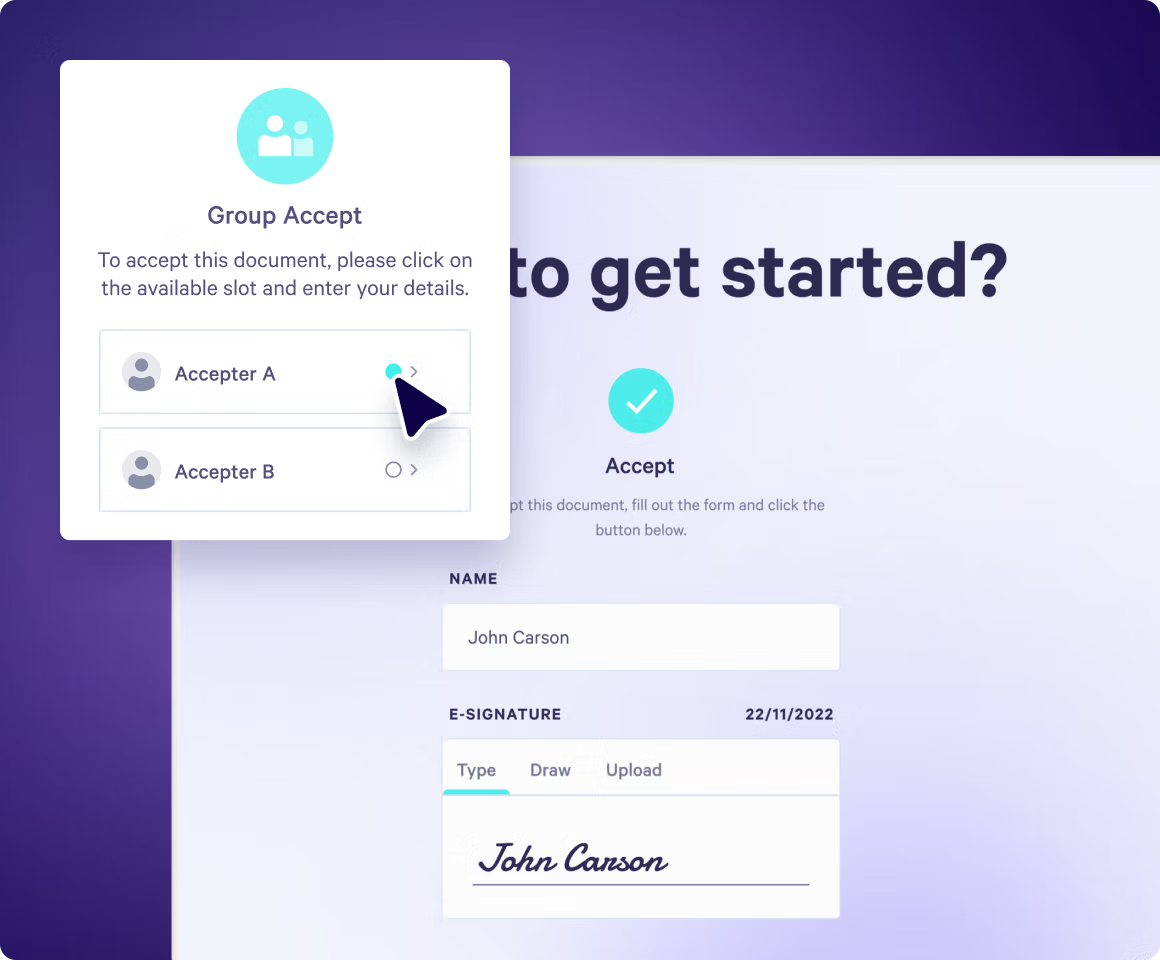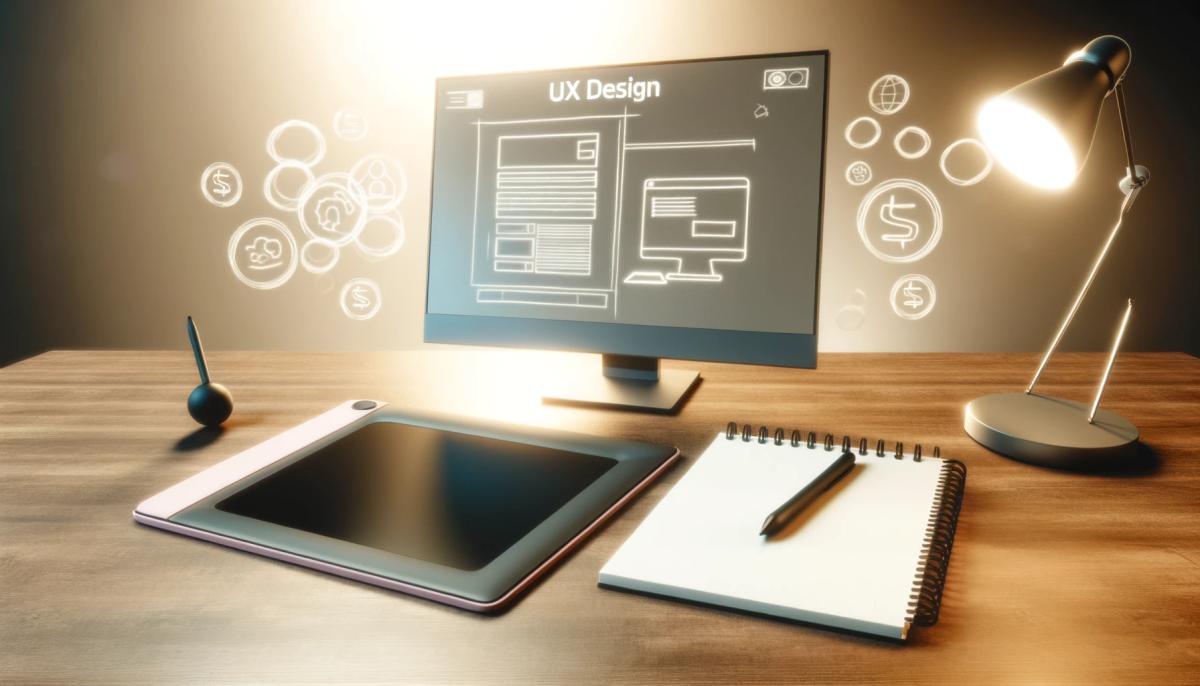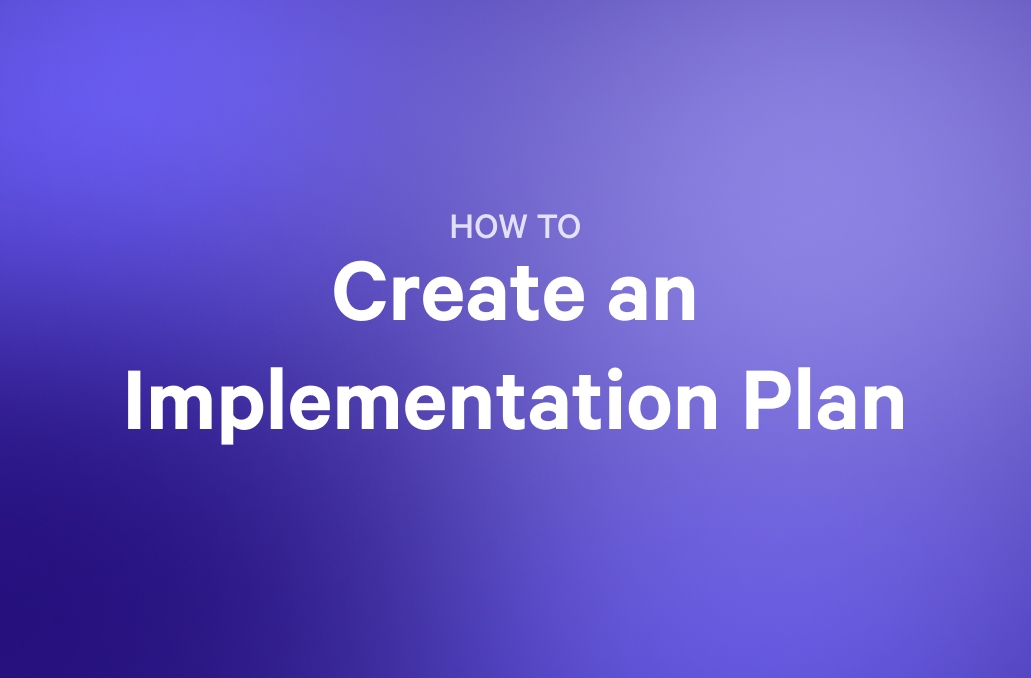For an interior designer, one of the most powerful moments is closing a deal with a prospect. There’s something magical about that point in a relationship when you sell the job. Perhaps the only moment more impactful is when you get to over-deliver on your promises.
You’re here now, looking for a repeatable process to keep making those moments happen. That’s where a winning interior design proposal comes in. Qwilr has mastered the art of creating templates that wow your clients. Now, all you have to do is customize our template for your purposes, and the job is all but sold.
Key Takeaways
- An interior design proposal is part of a sales strategy that outlines a design project's scope, and the project's price, and shows the value of such an investment.
- The best interior design proposals are interactive, include visuals and tools like an ROI calculator, and are specific to the client and the design firm.
- Qwilr offers a customizable template that firms can utilize to create a winning interior design proposal.
What is an interior design proposal?
At its most basic, an interior design proposal is a sales pitch. It outlines the designer’s vision for a project, showcasing in visuals and text how it will unfold in terms of style, timeline, and price. The designer creates the proposal based on the client’s aesthetic and purposes and the designer’s expertise.
They then use those elements to sell the value of working with this specific designer as opposed to the competition.
When to draft an interior design proposal
Before you get to drafting, it’s important to realize that creating a beautiful, winning interior design proposal takes time, often days or weeks. This means that you should not simply draft proposals for every client you hope to pitch. Instead, keep in mind a basic timeline of points of interaction before you begin:
- You’re familiar with the client
- You have a sense of the client’s needs
- You feel confident you can over-deliver on those needs
- You’ve been in touch with the client
- You’ve received an RFP
- You’ve got a soft yes from the client
This last point is perhaps the most important. You don’t want to go through the research, drafting, and early creation process if you don’t have real interest from the prospective client.
What your interior design proposal must include
While you should always create proposals that are unique both to you as a designer and to your client for their specific needs, there are several sections that must be included in every interior design proposal. These sections ensure your document and presentation come across as professional and representative of the work you plan to do.
Executive summary
The executive summary introduces your company and provides a quick overview of what the following proposal is going to include. The goal here is to offer a snapshot of your design solution to the client’s needs, your project timeline, the budget, and why your solution offers maximum benefits to the client. You’re aiming to get your client excited and intrigued — eager to hear and see more.
Project overview
The project overview, or project brief, is perhaps the largest section of this proposal, and it should be the most comprehensive. It offers a clear outline of your project, its objectives, and the finished product. You can show your client how you plan to arrange the space and why, showcasing the benefits of using your unique design elements. This section of the proposal should be:
- Interactive
- Visual
- Detailed
- Specific to the client
Make sure you also include any previously stated preferences from the client, any constraints you expect to confront and how you’ll confront them, and anything else you and the client have already discussed.
Design concept
You’ve sold the client on the project in the previous section. Now, you’ll bring them into your design concept. Here, you can share your inspiration, design requirements, and the long-term implications of your choices in terms of form and function.

Scope of work
When your prospective client has a better understanding of how you work, you can move into this section to provide more details. You can lay out each segment of the project as you see it unfolding. This discussion offers the client a glimpse into how their new designs will progress, and they’ll know better what to expect.
Timeline
Which brings you seamlessly into a conversation about the timeline. You can even line up the scope of work on a timeline through an interactive module in your proposal template. You can show the client when each part of the project will be ready, what potential delays could occur, and when the final completion date will be.
Team Introduction
So far, you’ve sold the client on your company, your design, and the timeline for completing the project. Now, it’s time to bring your team into the discussion. If your team is with you during the presentation, you can introduce them in depth. Important points to mention during these introductions include:
- Each team member’s area of expertise
- Which part of the project each team member will be working on
- The accountability hierarchy (who answers to whom)
- Who to contact for various questions or concerns during the project

Pricing strategy
One of the last pieces you’ll discuss during your proposal presentation is the price. Very rarely will you want to be the cheapest firm on the block. After all, people tend to expect to pay for quality, and you’re promising quality. This is why you sell the quality before you come in with a price.
Be transparent and upfront with the pricing and break all the costs down in a clear way. Use Qwilr’s interactive pricing tables and quote blocks to do just that.

Terms and conditions
One of the final sections of your interior design proposal will be the fine print — the terms and conditions. This section includes items like guarantees, warranties, expectations for payment, taxes, and anything else not covered in the scope of the project. At this point, you’ve already discussed these terms. Here, you’re just getting them in writing.
Next steps
Finally, you can offer the client the opportunity to digitally sign the proposal, turning this document into a legally binding, secure contract between your company and theirs. E-signatures are the best option in the case of proposals because you can send the entire document to the client and then give them time to review it and sign it within an agreed-upon time frame.

Interior design proposal template
Looking for a strong place to start? Qwilr’s interior design proposal template comes ready to use with all the important inclusions. Make it your own with the advanced editor, add fun interactive elements, and send it over for final signoff.
Aside from the professional template, Qwilr comes packed with features to make sure you get to ‘yes’ faster. In-depth document analytics gives valuable insights into how buyers are engaging with your proposal and where they’re stalling. The integrated e-signature and payment function means that prospects can accept and pay through on document. Nifty, right?
9 Tips for writing a winning interior design proposal
But wait! You may have all the sections outlined for your winning interior design proposal, but there are still a few more tidbits to be aware of. Here are the top 10 tips for ensuring your interior design proposal is the one that stands out against the competition.
- Know Your Client: By the time you’re ready to draft a proposal, you should know your client inside, outside, backward, and forward if you don’t, don’t even bother starting your proposal until you do. Get to know their tastes, their past styles and designs, and what exactly they’re looking for. Then, you can figure out how your design style can match their demands.
- Keep It Personal: Perhaps the worst approach you can take to winning over a client is… not even trying. While we encourage you to use one of our templates at Qwilr, we also urge you to make it your own. Use each section as an opportunity to bring yourself and your client into the foreground of the proposal so that the template becomes a tool and a canvas for your art.
- Keep It Professional: Remember, you’re running a business, and you’re trying to land a client, not become buddies. If you also happen to make friends — great! However, the idea, especially with interior design, is to present yourself as a professional worthy of respect and attention.
- Keep It Transparent: If you get caught in a lie, withholding information, or fudging the numbers, you risk losing the client and earning a bad reputation. Make it a point to be completely transparent, up front, and authentic in all of your business dealings with all of your clients. You don’t have to be the cheapest or even the best in your field if clients know you’re fair, professional, clear, and honest.
- Be Flexible: It can be easy in design to become invested in your vision and to take criticism and feedback personally. Be careful not to make this mistake. Yes, you’re an artist, but the reality is that you’re here to serve the client, so remember to remain flexible and open to concerns and requests for changes from the client. It is, in the end, a shared vision and design as it is the client who will have to live with it.
- Be the Expert: While you should remain open and flexible, you also want to maintain the understanding that you are the expert here. So, if your client offers feedback, have the discussion, offer pros and cons, and guide them through your ideas. Give them a reason to trust you, lean on you, and come to you for your expertise.
- Offer Visuals: One obvious way to showcase this expertise is through visuals. Qwilr offers you the opportunity to upload images and videos to your proposal so your client can get a sense of what to expect from the project. You can also insert images and walk-throughs of previous work you’ve done.

- Have Case Studies on Hand: In addition to visuals, you can insert case studies for your client to see why your ideas will work. If you choose to use the space in a certain way, show them the evidence that this choice is what’s best for them. Provide links to reports, research, and studies to back your choices up.
- Have Your Team Review It: Finally, as with anything you create, ensure you have your team review it. Read it through yourself again. Present it to your team in real time. Get feedback. And then edit and rewrite as needed. Remember, you’re not just drafting an interior design proposal. You’re preparing to present this proposal to a client. So, you’ll want to have the documents ready to view and yourself ready to present. Practice. Edit. And practice again.
Work with Qwilr for your best interior design proposal
Are you ready to move forward with your interior design proposal? Qwilr is here to help. With interactive tools aimed at fully engaging your potential clients, options for uploading your logo and brand information, spaces to add images and videos, and more, Qwilr is the ideal home for interior designers looking to wow their prospective clients.
Create dynamic, mobile-responsive proposals that clients can access anywhere. Let your sales documents do more than just sit in an inbox—choose Qwilr.
Sign up for a free trial today and get started!
About the author

Brendan Connaughton|Head of Growth Marketing
Brendan heads up growth marketing and demand generation at Qwilr, overseeing performance marketing, SEO, and lifecycle initiatives. Brendan has been instrumental in developing go-to-market functions for a number of high-growth startups and challenger brands.


